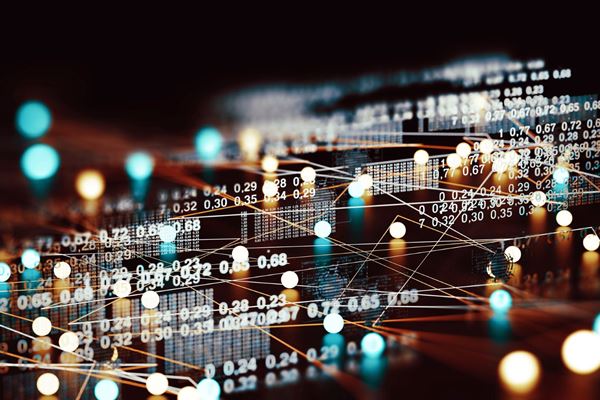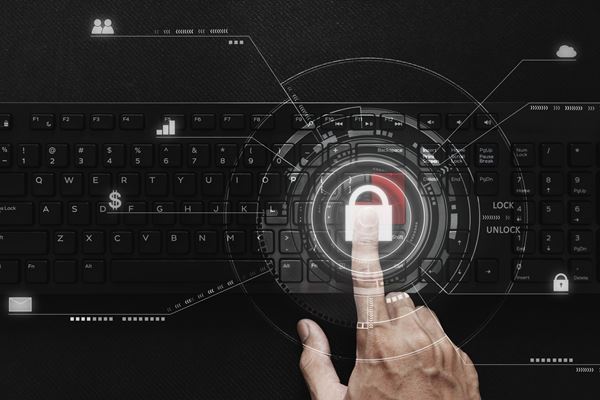Emerging Technologies and Data in Claims and Litigation

In recent years, technological innovation has both improved and disrupted our everyday lives, especially for those involved in claims and litigation. Recovered data is proving to be more effective in resolving claims and assigning liability, with expert witnesses everywhere welcoming the reliability of such data; however, the quality and volume of data available can at times prove difficult to process.
The Digital Photograph
Technologies emerging today will be the everyday best practices of tomorrow. Case in point: the digital photograph. It wasn't long ago that digital photographs were considered next-gen. The use of digital photographs in the courtroom was a contentious topic only 22 years ago until they were ultimately accepted as a routine and integral element of typical data collection for experts around the globe. Fast-forward to today where photographs are not remotely considered a new technology. However, the use of 360-degree cameras, videos, and drones is advancing the photographic documentation of a site.
The old idiom, a picture is worth a thousand words, is relevant in claims and litigation, especially before and after a loss occurs. Consider how a collection of photographs or videos could expedite and simplify the claims process by providing valuable contextual facts through pictures, thereby simplifying root cause analyses, liability evaluations, and other claims adjusting concerns. Though some may question, does the raw data collected depict a fact? The answer is no, it's more like facts without context, potentially skewing the truth rather than clarifying it. For instance, what if a photo of a construction worker without a hardhat was taken at the very instant he removed it, to simply wipe his brow and put it directly back on his head? This would not be indicative of the worker's typical practices or of the contractor's commitment to safety. What happens if the same worker is injured moments later after the hardhat was placed back on his head? There is a risk that collected information is taken out of context and misused and could potentially adversely affect the claims process.
However, in most respects, the pros outweigh the cons. The integration of new and emerging technology can provide a more holistic understanding of risk, incident facts, and adjudication of claims. Information collected via photograph or video allows the claims team to have a greater and clearer understanding of the facts rather than requiring them to surmise what actually happened in the event of a loss.
The Reliability of Technological Data
Data retrieved from such emerging technologies has unlimited potential in the legal context to help resolve some of the weaknesses that plague current forms of evidence. One of the most prevalent weaknesses in litigated matters stems from concerns about the reliability and credibility of witnesses, whether an eyewitness, fact witness, or expert witness. Utilizing technological data as an additional source of evidence helps eliminate the concerns about the fallibility of human memory, biases, and intentional deceptions that undermine witness testimony. Technology effectively audits and augments facts, while increasing the reliability of testimony.
A more contentious foreshadowing of the future will occur when experts use technology as a tool in the rendering of an opinion (i.e. presenting their case and proving their hypotheses with the use of emerging technologies in lieu of typical, current methods). One foreseeable way both the plaintiff and defence attorneys and experts will agree upon emerging technologies will be the acceptance of their reliability in the scientific community.
Absent this acceptance, experts will label the opposition's opinion as "junk science" or "unfounded." This would apply in either direction. For example, if the plaintiff alleges defects to a property, extrapolates across a property, and presents such opinions following the completion of destructive testing, the defence may have difficulty rebutting their opinion through non-destructive testing. Typically, in a sceptical world, once there is a universal acceptance or acknowledgement of something new or unknown, the opposition is going to have a hard time making their case.
Technology in the Courtroom
Attorneys are burdened with the task of proving that any information is reliable and must look to supplement the information with data retrieved from technological advancements. Fortunately, technology is on the verge of making attempts to deceive much more difficult to get away with. The full scope of how our increasingly networked and documented lives are able to catch deceptions can be hard to fathom. With the accumulation of data from smart technology, such as wearable devices, comes an even better way to determine the credibility of witness testimony.
To utilize technology in this manner, courts would need to employ the use of technological data as supplemental evidence for comparison to what someone is testifying.? Of course, this is, in circumstances, limited to the type of data collected by the specific device worn by the witness. For instance, data stored by a smartwatch most likely would not be able to disprove inaccurate eyewitness identification, however, smartwatch data could be useful in proving that a witness lied about their location on the day in question.
The procedure to which liability is determined shouldn't be any different whether data from technology is considered in an accident or property loss claim. This is especially true for experts who are generally engaged post-loss and will be on the front lines providing consultation to the claims professional and attorney. The difference between the way this was done in the past versus where the industry is going directly correlates with technology. Specifically, the availability and type of data produced, the reliability of the data itself, and the subsequent development of expert opinions are greater with the use of technology.
The Common Uncertainties of New Technologies
It is uncertain whether the claims and litigation community, on both the plaintiff and defence sides, may universally accept the data produced by technology. Though, there is surely a universal cause for concern with perhaps rudimentary tasks performed. In any scenario, the good comes with the bad, and vice versa. With a law that is lagging, it is unclear how the data can or will be used by the plaintiff or defence to make their case, and how the opposition will react.
Clearly the use of technology yields many pros, and conversely additional cons. Voluminous data will undoubtedly provide more details on cause and origin investigations and more accurate determinations of liability across the board. However, certain questions will arise through the claims and litigation process that test the rules of expert testimony and limits of the scientific method in any case where new technology or technological method of data collection is utilized to support an expert's opinion. The insurance and legal communities will be pressed to make policy interpretations and push the law forward, respectively, as emerging technologies evolve.
Innovation will never slow down. Claims resolution can benefit from technology through cost efficiency, making determinations quicker, and finding solutions prior to performing extensive testing. Additionally, claims professionals, attorneys and experts can utilize technology to more quickly and definitively assign liability. The new and emerging technologies that were once just concepts are here and being implemented in all facets of life. Although, the question remains: how can this aggregated big data help us reduce overall risk? The answer is simple: by turning technology into insights and always having foresight.
Our experts are ready to help.



